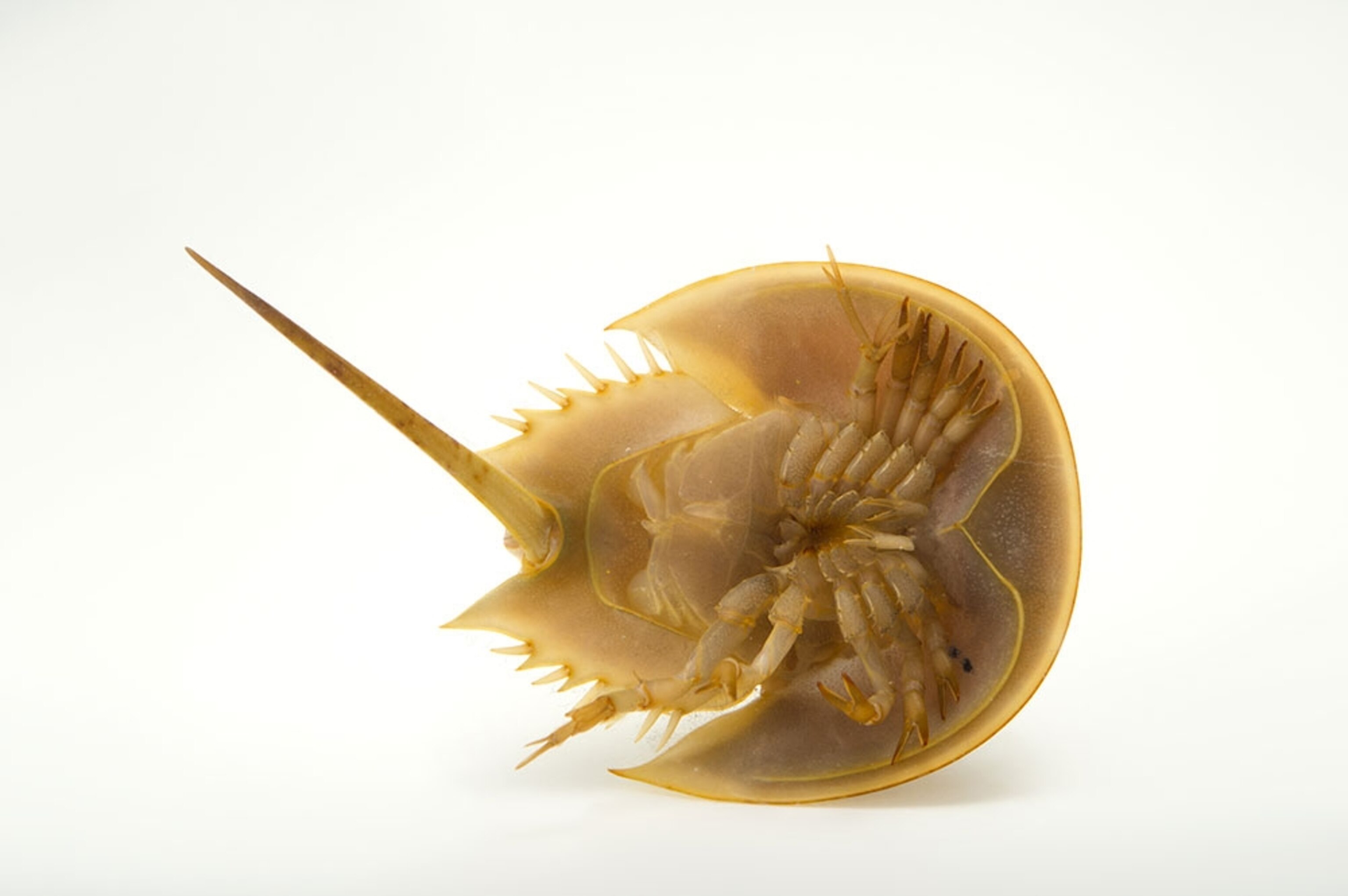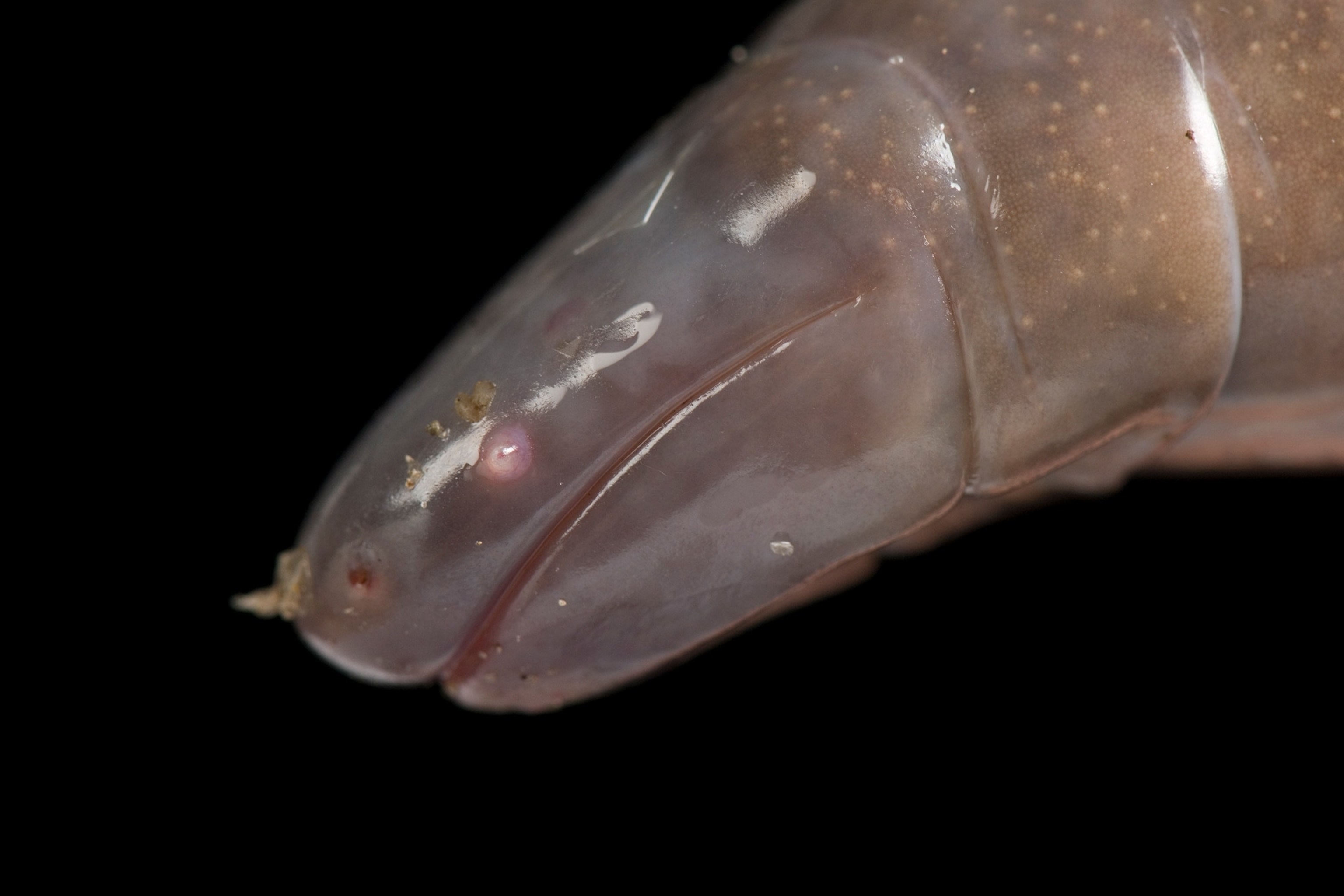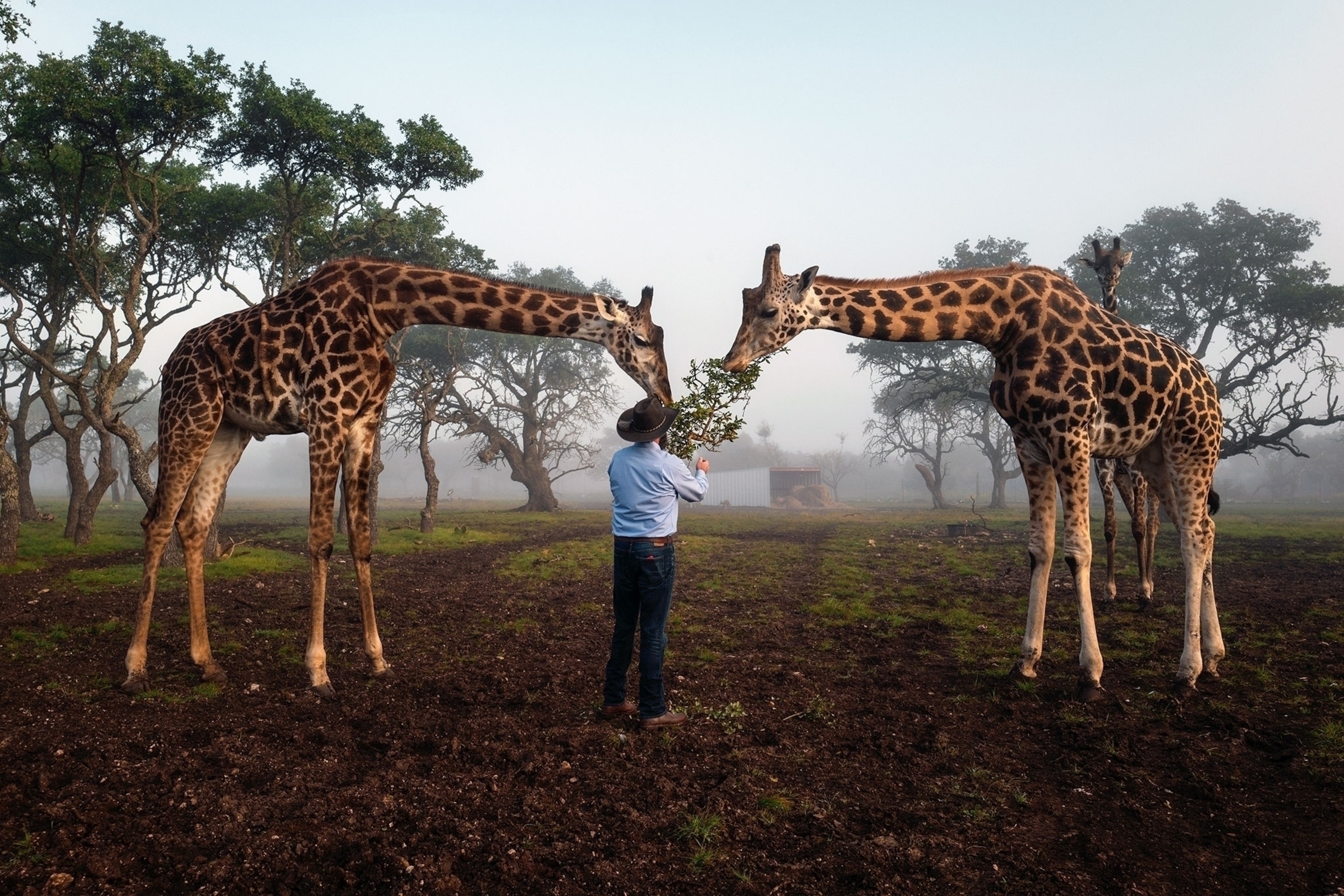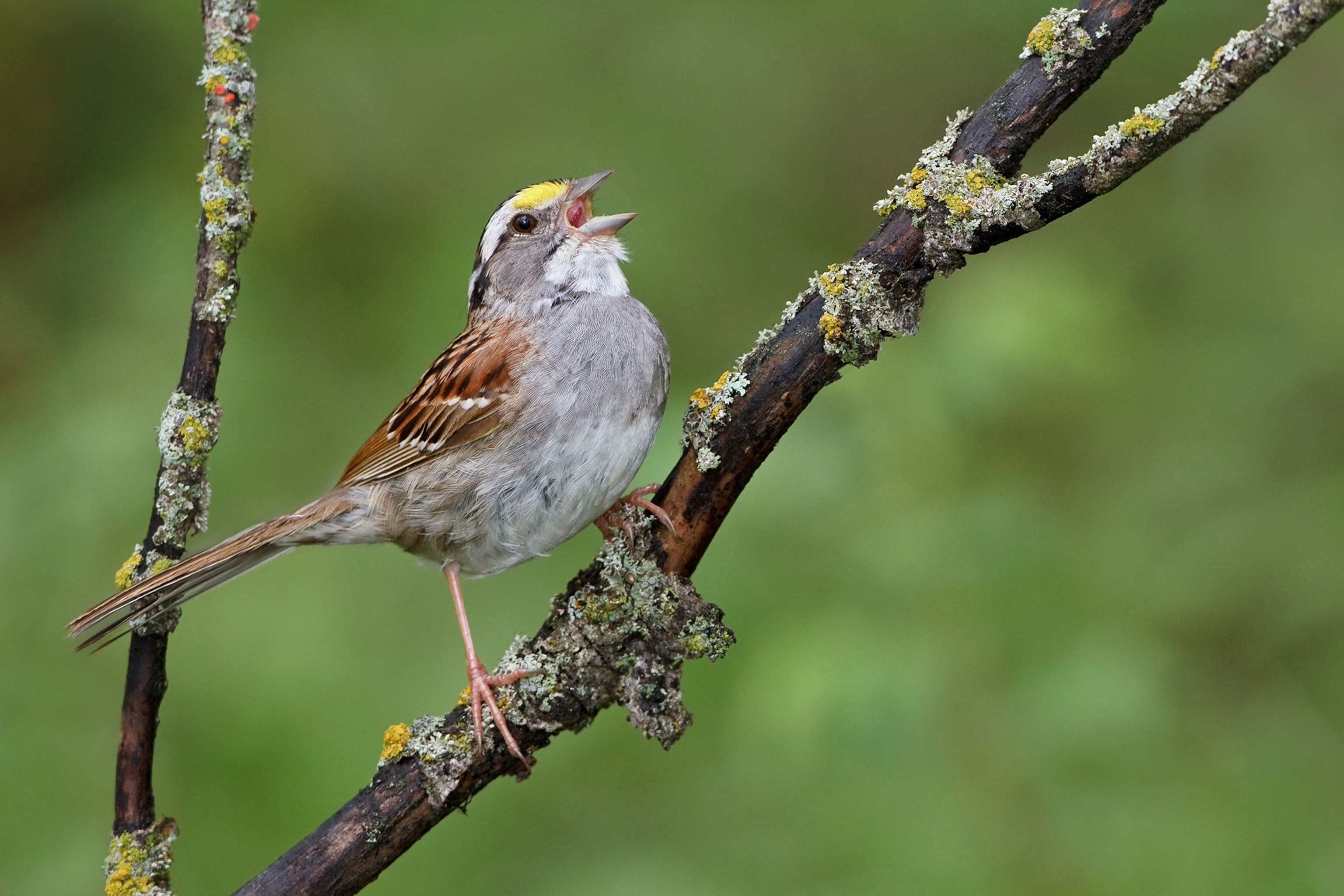
Why must animals sacrifice for us?
By Rachael Bale, ANIMALS Executive Editor
The first thing I want to say about horseshoe crabs is that they’re not crabs, or even crustaceans. They’re arachnids, more closely related to spiders and scorpions. They’ve been around for 450 million years—200 million years before dinosaurs. And my favorite fun fact about them: They have blue blood.
If you work in the biomedical industry, you probably already know this. Their blood is immensely valuable for its ability to signal the presence of a deadly bacterial toxin on or in anything that might go into your body, from an IV drug to a knee replacement. Their blood is so widely used that nearly half a million are rounded up from the Delaware Bay each year to be milked for their blood for a while, then returned to the sea. Up to 30 percent of them don’t survive the return.
Now, in the race to develop a vaccine for the coronavirus, their blue blood is about to be in even higher demand, as Carrie Arnold recently reported.
Many, many species of animals are used for the benefit of humans, from food to companionship to medicine. We take venom from snakes to make antivenom. We use monkeys to study the effects of diseases. We use rabbits and guinea pigs to safety-test everything from household cleaners to shampoo.
The sacrifices of these animals—and their service to us—have changed our lives for the better. But did anyone ask the animals for their permission? I wonder at times if we have any understanding what this kind of dominion over animals says about us. “A thing is right when it tends to preserve the integrity, stability, and beauty of the biotic community,” the famed ecologist Aldo Leopold once wrote. “It is wrong when it tends otherwise.”
Do you get this newsletter daily? If not, sign up here or forward to a friend.
Your Instagram photo of the day

Wider Sargasso Sea: Gray triggerfish explore a discarded plastic bin in the Atlantic’s Sargasso Sea, off Bermuda. The sargassum seaweed collects in an ocean gyre, forming a canopy on the “ceiling” of the sea. Large floating mats can extend for miles, providing critical habitat for both predator and prey. The gyre also traps quantities of marine plastic that attracts small fish, which in turn attract larger species, such as these gray triggerfish, says photographer David Doubilet. Recent years have seen explosive growth of sargassum weed, with vast quantities crossing the Caribbean Sea and accumulating on windward beaches.
Subscriber exclusive: Dr. Sylvia Earle on why the Sargasso Sea is a living laboratory for change
Are you one of our 139 million Instagram followers? (If not, follow us now.)
Today in a minute

Not a snake: But this translucent, wormlike amphibian (above) may have venomous saliva, a new study says. The mostly blind, legless creatures, called caecilians, wiggle around forest floors grinding up earthworms with three sets of teeth. Researchers in Brazil, however, discovered a set of dental glands that produce saliva and, possibly, venomous enzymes, Jason Bittel reports for Nat Geo. If confirmed, it may be the first example ever of venom found in an amphibian.
Sanctuary? Project Chimps says its mission is to provide “lifelong exemplary care” for chimps that had been experimented on in laboratories. More than 20 current and former staffers and volunteers now question the quality of care at the northern Georgia compound. Nat Geo's Rachel Fobar investigates their claims of chimps receiving inadequate housing, veterinary care, stimulation, and time outside. The sanctuary is now suing its two most outspoken critics for defamation.
Follow-up: We’ve written previously about the tenuous condition of elephants in Botswana. Now, authorities are trying to determine the cause of a die-off of 356 elephants in the nation’s Okavango Delta. No tusks were removed. Could they have been poisoned? “The most important thing now is for an independent team to visit the area—sample multiple carcasses, the soil and waterways—and identify what is causing the deaths,” Mark Hiley, of the nonprofit anti-poaching group National Park Rescue, tells the New York Times.
Comeback: Elk have been flourishing in Kentucky, establishing their most significant population east of the Mississippi. Their home, in and near abandoned coal mines, is part of a reintroduction process that has stretched over two decades. They roam reclaimed plateaus with meadows and forests, the New York Timesreports. “Elk can survive just about anywhere,” says Gabe Jenkins, a biologist with the Kentucky Department of Fish and Wildlife Resources. “They’ve just got to have some grass.”
The Marie Kondo enzyme: Yes, an enzyme found in fruit fly embryos has been named after the home organization guru, researchers report. Why? The enzyme, which destroys certain maternally deposited proteins, helps clear out stuff that no longer “sparks joy” for the embryo, as molecular biologist Olivia Rissland puts it. Hat tip to our tidy colleague Michael Greshko for the item.
The big takeaway

Beyond Joe Exotic: On a private ranch in Texas Hill Country, about 30 scimitar-horned oryx gallop across a field. This is more than exist in the wild. Welcome to the $2 billion exotic animal ranching industry, where an adult female Cape buffalo or giraffe could sell for $200,000. Not all ranches offer hunting, but it's what underpins the industry—customers pay big fees to shoot rare, exotic animals without having to traveling abroad. Under the law, these exotic animals are considered private property, in the same category as livestock. Ranchers and hunters argue that there’s conservation value in these herds as “insurance populations,” but it's a claim many conservationists and animal advocates reject, Nat Geo's Douglas Main reports. Pictured above, Brian Gilroy, owner of an exotic wildlife ranching business, feeds giraffes in Mountain Home, Texas.
Subscriber exclusive: Must we kill animals to save them?
In a few words
Man is a great blunderer going about in the woods, and there is no other except the bear makes so much noise.Mary Austin, From: The Land of Little Rain, Related: Mary Austin wrote about the Mojave as brilliantly as John Muir wrote about the Sierra. Why was she forgotten?
Did a friend forward this to you?
Come back tomorrow for Whitney Johnson on the latest in photography news. If you’re not a subscriber, sign up here to also get Debra Adams Simmons on history, George Stone on travel, and Victoria Jaggard on science.
The last glimpse

Play the new songs: What’s going on with Canada’s white-throated sparrows? Over the past two decades, they have replaced a traditional three-note call with a two-note call. Like grunge, the new song has spread from the Pacific eastward across North America, Corryn Wetzel writes for Nat Geo. “White-throated sparrows have this classic song that's supposed to sound like it goes, ‘Oh, my sweet Canada, Canada, Canada,’” says Ken Otter, lead author of a new study. “And our birds sound like they're going, ‘Oh, my sweet Cana– Cana– Cana– Canada.’” Want to hear the difference between the new and old calls? The audio is in our story.
